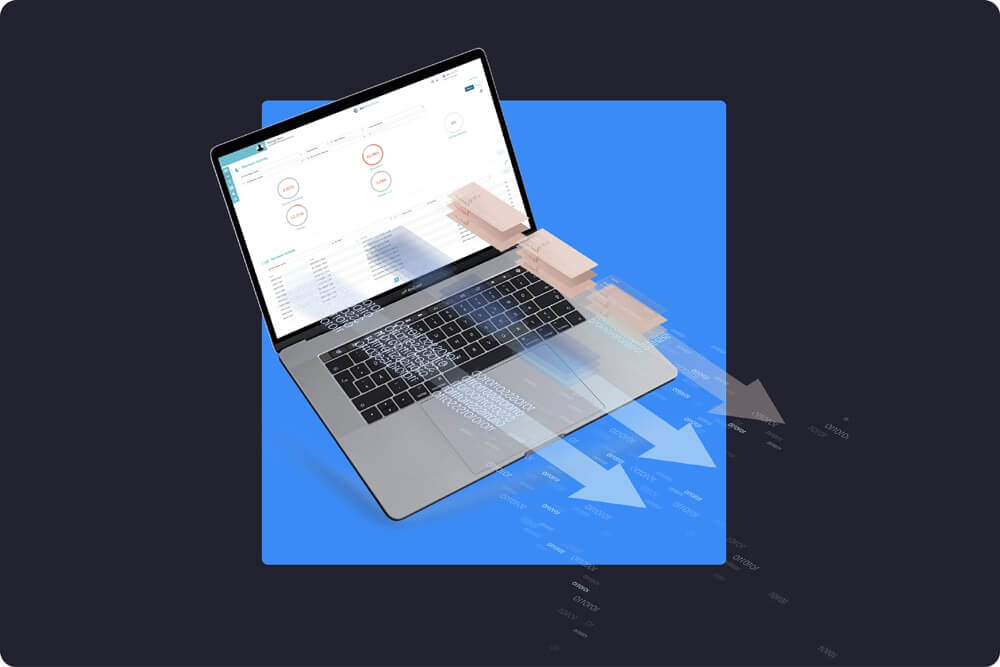Smart, secure and streamlined payments convert your AP department from a cost center to a revenue generator.
Still Paying by Paper Check? 7 Reasons You Should Automate


The death of the paper check has been predicted for years, with studies clearly documenting the gradual decline of its use. However, while customers may be relying more on credit, debit, and automatic draft for their debts, many businesses still cling to paper checks to pay employees and vendors.
If your business is one of the many still using paper-based forms of payment, there are a few reasons to consider making the change to electronic methods. From signing your employees up for direct deposit to paying contractors and vendors electronically, the switch from outdated processes can have tangible benefits to your business.
Most businesses today want to be seen as forward thinking and state of the art. By using an outdated mode of payment, you go against all that reputation building by clinging to payment processes from previous decades. Instead speak to your bank about the many payment options available that will let you send invoices and issue payments electronically through your business account.
Bank of America told the Wall Street Journal that each check costs between $4 and $20, which includes the cost of printing and mailing. This doesn’t include the loss of productivity that comes from creating, logging, and manually tracking the check on your end or the time involved in depositing the check once it arrives at its location.
Any manual process can fall prey to human error, with one misplaced decimal point throwing off an entire budget. Automated payments often feed off of a business’s billing and accounting systems, reducing duplicate entries. While automation won’t guarantee against the occasional error, it will reduce the number of times a dollar amount is entered, with that dollar amount potentially checked several times before payment is sent.
With a paper check, businesses must send a request for a check to be printed based on an invoice, wait for that paper check to be generated and mailed, then force the recipient to wait for it to arrive. Electronic payments send funds from the business’s account to the payee’s account with the click of a button. Sometimes the process can take a couple of days, but most businesses find it’s always faster than a paper check.
If you’ve ever had to cancel a check and reissue a new one, you know the issues that come with tracing paper checks. Not only do can these pieces of paper easily get lost in the mail, they are each printed with your business’s checking account number and mailing address. Electronic payments not only won’t get lost in transit, but they have built-in tracking, since they’ll be logged in the system you used to securely send them.
Automation usually means setting up a full system to handle your business’s accounting processes, from the invoices you send to the payments you make to creditors and employees. Whether you use an all-in-one accounting solution or multiple pieces of software that integrate with each other, automating your finances will save time and increase efficiency. Since payments are logged immediately, you’ll also have the benefit of real-time insight into account balances, as well as the ability to pull reports that show exactly where your finances stand.
Check fraud remains a serious problem for financial institutions and law enforcement, since paper is easy to duplicate. Even with security features in place, fake checks can make it through financial institutions. In fact, technology has made it easier to design and print a realistic-looking counterfeit check. While electronic payments have security issues, too, there are techniques that can prevent and detect that type of fraud.
For businesses still paying by paper check, it’s important to investigate the reasons behind clinging to these outdated processes. Often businesses find that the cost to transition to a new system is minimal compared to the savings they’ll realize by moving to an automated accounting, billing, and payment solution.
Smart, secure and streamlined payments convert your AP department from a cost center to a revenue generator.
